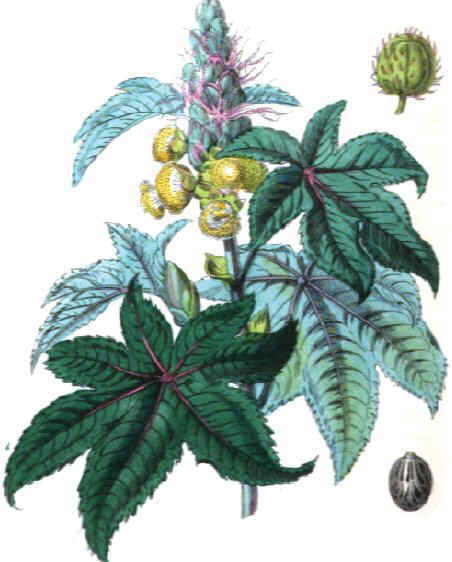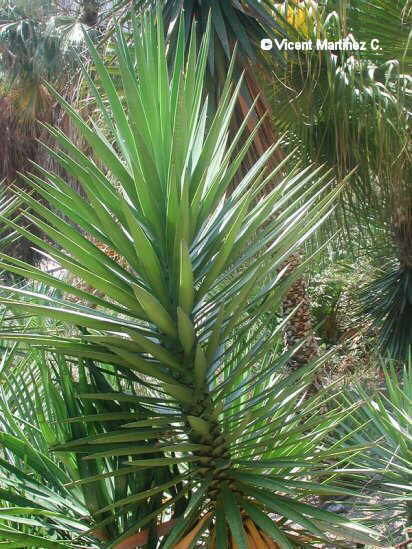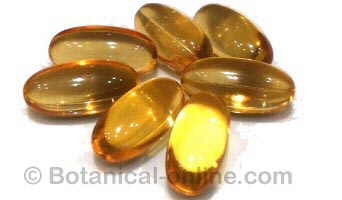Contents
- 1 Types of healthy vegetables
- 1.1 Eat cruciferous vegetables every week
- 1.2 Enhance the consumption of carrots
- 1.3 How is it better to eat carrot?
- 1.4 Onion, the basis of a healthy kitchen
- 1.5 Beet, very antioxidant
- 1.6 Spinach: large amount of vitamin A, folic acid and chlorophyll
- 1.7 Tomatoes and tomato sauce, source of lycopene
- 1.8 Edible wild plants, potent source of nutrition
- 1.9 How can you eat your vegetables?
- 1.10 Avoid bathing vegetables and salads in oil
Types of healthy vegetables
Eat cruciferous vegetables every week
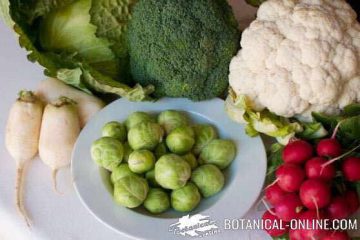
Cruciferous vegetables are those of the cabbage family. It has been shown that its habitual consumption has many benefits, among which are the protection against certain types of cancer, including breast and colon cancer.
In addition, they are also one of the best sources of vitamin K, which has a great importance on bone health – probably as much as calcium. And ,since calcium is mentioned, a broccoli dish provides more calcium than a glass of milk, because the calcium in these vegetables is more bioavailable.
Examples of cruciferous: watercress, broccoli, Brussels sprouts, cauliflower, red cabbage, radish, turnip … It is interesting to cook them steamed or al dente (do not boil them too long because they lose much of their vitamins).
*Related information: Composition of vegetables
Enhance the consumption of carrots
Few foods are as affordable, versatile, nutritious and healthy as carrots. These vegetables stand out on a nutritional level because they are rich in fiber, they also contain many antioxidants and, above all, an enormous amount of vitamin A.
Only 2 carrots contain 100% of vitamin A that we need per day. For this reason, many professionals give the advice to eat at least two carrots each day in people with compromised health.
How is it better to eat carrot?
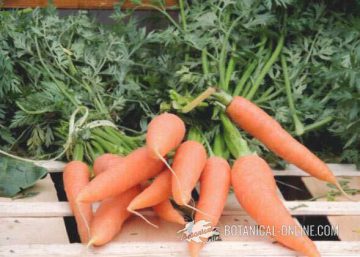
Carrots retain their vitamin A both raw and cooked, so they can be eaten in a salad or in a cream. They are also good for the intestine, for the eyes, they have antioxidants, … It is the star food to eat between hours or at any time of the day .
In case of diabetes, it is recommended to replace potatoes by carrots or combine both, to eat less potato and more carrot. Although potatoes are not harmful for diabetes, it is better to replace them by carrots, because carrots do not have so much starch and, above all, because,nutritionally, carrots are very light and complete.
It is better to eat broccoli with carrots and potatoes, than just broccoli with potatoes. Sweet potato is also an appropriate food for diabetes, it shares its antioxidant content, and it can also be eaten in diabetes.
Onion, the basis of a healthy kitchen
Onion is another star ingredient in any healthy kitchen. Onion is the richest food in quercetin that exists, a powerful antioxidant.
Eating onions is a very easy way to ingest sulfur principles for health: antioxidants, for circulation, to lower cholesterol and to improve the intestinal flora.
Many use onion as an aromatic herb, in stir-fry (which are a form of extracting their excellent active ingredients), but you can also add raw onions in salads.
vegetables better healthier ranking vitamins
Lamina of the best vegetables that can be eaten and those that have more properties. All the vegetables are healthy.
Beet, very antioxidant
Beetroot or beet is a very healthy vegetable, although many people do not consume it because they mistakenly believe that it has a very high sugar content. First of all, it is false that beets contain a lot of sugar or that they are bad for diabetes.
In addition, the daily consumption of beets helps to reduce the levels of high bad cholesterol, cleans arteries, reduces hypertension and provides betaine and nitric oxide, two components that improve cardiovascular health.
Spinach: large amount of vitamin A, folic acid and chlorophyll
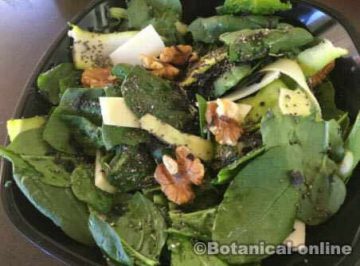
Spinach is also an excellent and affordable vegetable almost everywhere in the world. Its intense green color already indicates the presence of much chlorophyll in this food. It is also one of the foods richest in beta carotene (it contains as much beta carotene or more than carrots!), Although it is not visible to the naked eye because chlorophyll camouflages the color of the pigment.
Some people have decreased or stopped consuming spinach because of its oxalate content: It’s a mistake! Spinach has many more benefits than the possible contraindications of oxalates. The only thing to take into account is oxalates have to be reduced in very specific diets.
Tomatoes and tomato sauce, source of lycopene
Tomatoes (and their sauce) are one of the most important sources that exist of lycopene, a powerful antioxidant that protects the heart.
It has been observed that tomato sauce allows a greater absorption of lycopene than raw tomato … do you know why? Because lycopene is a fat-soluble component and is best assimilated in a stir-fry or with a little oil (you do not have to fry the tomato or bathe it in oil).
Edible wild plants, potent source of nutrition
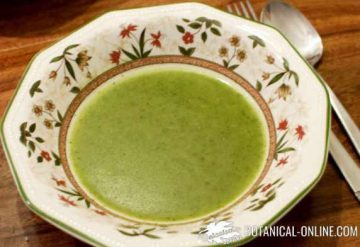
Edible wild plants are very nutritious vegetables that also provide us with the benefits of contact with nature, essential to get these foods.
So that the reader to understands a bit the advantages of wild plants over cultivated ones, we will say that wild ones, when growing in a natural environment, have less water and more phytochemicals and antioxidants than those cultivated, which provides wild vegetates a higher nutritional value, Not to mention the added benefits of contact with the sun when collecting them. Of course, they have to be collected with caution.
Nor is it necessary for them to be always wild: we can easily get some plants from our garden such as nettle, dandelion or calendula, as examples.
How can you eat your vegetables?
There are no rules or limits for eating vegetables. You can eat vegetable dishes and add vegetables in all possible recipes: spinach omelette, grated carrot salad with lemon, mixed salad, nettle soup, add beetroot or beets to salads, baked artichokes, salad of wild plants, vegetable pie, etc.
Vegetable creams are highly recommended. These should be light: poached onion with little oil + add vegetables + water until covered, boiled and crushed. Avoid adding light cheeses, very fatty cheeses, cream, or similar fatty products.
In case of diabetes or obesity, it is better not to add potato, or just a little. Instead, you can use pumpkin or carrot, which are also very rich. You can flavor soups with seeds, nutritional yeast, some cheese shavings, etc.
Avoid bathing vegetables and salads in oil

Although virgin olive oil is very healthy, excessive seasoning has more harm than good. Oil is liquid gold, because of its properties, but we must not forget that it contains 100% fat, which must be processed by the liver and pancreas.
Eating a little less oil is to give a break to these organs and help decongest the liver. Using less oil is also the easiest way to decrease many calories from the diet.
An alternative may be to make vinaigrettes by mixing the oil with other ingredients, or use guacamole sauce instead of oil (guacamole has less fat than oil), or add avocado or seeds instead of always seasoning with oil.
![]() More information on vegetables
More information on vegetables


